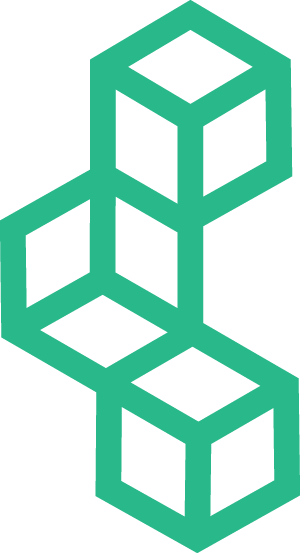With growing urban populations and increasing electricity usage, there’s more demand than ever for innovation in facilities management.
Why Digital Transformation is More Than a Buzzword in Facility Management
Facility managers have challenging jobs. They must manage efficiency and comfort within budget constraints, negotiate legacy building systems, and meet the business's ever-changing demands.
One of the most interesting shifts within the FM industry is a more concentrated effort to align buildings and capital investments with commercial missions. This refocuses on outcomes beyond reliability and efficiency. In this blog, we explore Digital Transformation in Facilities Management Technology
More importantly, the industry is more eager to implement Artificial Intelligence, IoT, natural language processing, automation, and newer digital technologies that enable facilities to be more efficient.
Artificial Intelligence (AI) and Machine Learning (ML) techniques can analyze building and physical asset data. These technologies offer facility managers a more holistic approach to monitoring and fine-tuning the entire building and asset system.
Building Analysis with Artificial Intelligence and Machine Learning
Performing building analysis with AI and ML can help facility managers continuously improve their workforce, asset health, and sustainability savings. Artificial Intelligence and Machine Learning techniques draw patterns and helpful analogies from disparate data, enabling facility managers to understand better peak-hour demand and useful lifecycles of equipment and physical assets.
A unified IoT platform powered by AI and ML can provide actionable insights into facility deficiencies. Furtthe, building systems managed by facility professionals maywill get brighter as the data for analysis increases, and this will lead—thisbetter predictd maintenance cycle decisions. Therefore improving facility managers.
The benefits of automation are boundless. Rather than relying on tenants or facility team members to constantly monitor temperature levels, the influx of work orders, or switching off the lights, a centralized Building Automation System (BAS) will seamlessly and automatically monitor these key facility functions.
Furthermore, because these systems continually collect data, management optimizes physical assets based on real-time insights. This allows the facilities management team to analyze usage patterns, which in turn gives you the power to develop strategies for saving money and improving efficiency throughout the entire asset portfolio.
The Rise of the Internet of Things
IoT-integrated buildings have opened new ways to manage resources efficiently with real-time data insights. Building systems of the future will leverage data from interconnected systems to enhance the building occupant experience. This is such an essential departure from the goals of the current building stock because, with the rise of the Internet of Things (IoT), there will be even greater connectivity between systems.
For example, built-in or retrofitted sensors constantly collect and record data. That data feeds software systems, which, when connected to services, allow users to harness and interpret it more effectively to gain better insight and ultimately find and fix problems before they happen.
The impact of IoT and connected devices in future occupant spaces will evolve the occupant experience beyond improved energy-saving measures. IoT enables managers to control the built environment from one centralized location and gives managers deep insights into the operational performance of every physical asset in the building portfolio. This means that managers can optimize all facility functions to the highest degree.
IoT has simplified the management of multiple aspects of building facilities. Systems can be controlled and monitored on a single platform, such as a web or mobile app. This single platform makes a huge difference in a company’s bottom line and the environment, making facilities management far more efficient.
The Future of the FM Industry
We predict the facility management industry will undergo a significant digital transformation in the coming years. Your facilities team can save money, lower risk, and improve efficiency by taking advantage of expanded optimization solutions, including enhanced asset performance and maintenance management.
Read our guide to the facility optimization revolution.
Organizations with complex operations that seek to future-proof their building systems and capital investments should employ a facility optimization strategy powered by innovative facility management software, such as FOUNDATION. Intellis's solutions bring best-in-class engineering efficiency to the modern built environment, from procurement to facility condition assessments to facility management and capital planning.
Schedule a demo with our experts to learn how we can help your organization improve efficiency, mitigate risk, and increase ROI.
Additional Resources


